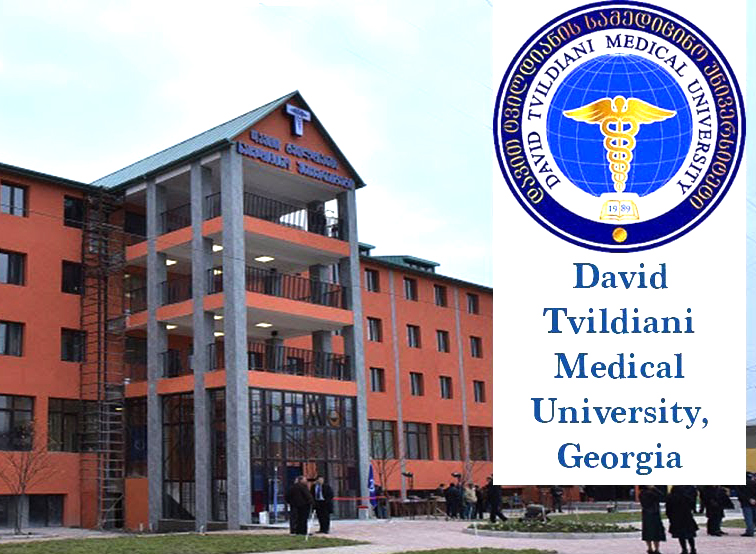Amyloidosis refers to a variety of conditions wherein amyloid proteins are abnormally deposited in organs or tissues and cause harm. A protein is described as being amyloid if, due to an alteration in its secondary structure, it takes on a particular aggregated insoluble form, similar to the beta-pleated sheet. Symptoms vary widely depending upon where in the body amyloid deposits accumulate. Amyloidosis may be inherited or acquired.
Symptoms
Symptoms in patients with amyloidosis result from abnormal functioning of the particular organs involved. The heart, kidneys, liver, bowels, skin, nerves, joints, and lungs can be affected. As a result, symptoms are vague and can include fatigue, shortness of breath, weight loss, lack of appetite, numbness, tingling, weakness, enlarged tongue, and swelling. Amyloidosis affecting the kidney leads to "nephrotic syndrome," which is characterized by severe loss of protein in the urine and swelling of the extremities.
Pathogenesis
When a native cell creates a protein, it could either make the actual protein or protein fragments. These fragments could come and join together to form the actual protein. Such a protein can sometimes regress into the protein fragments. This process of "flip flopping" happens frequently in certain proteins, especially the ones that cause this disease.
The fragments or actual proteins are at risk of mis-folding as they are synthesized, to make a bad protein. This causes proteolysis, which is the directed degradation of proteins by cellular enzymes called proteases or by intramolecular digestion; proteases come and digest the mis-folded fragments and proteins. The problem occurs when the proteins do not dissolve in proteolysis. This happens because the mis-folded proteins sometimes become robust enough that they are not dissolved by normal proteolysis. When the fragments do not dissolve, they get spit out of proteolysis and they aggregate to form oligomers. The reason they aggregate is that the parts of the protein that do not dissolve in proteolysis are the β-pleated sheets, which are extremely hydrophobic. They are usually sequestered in the middle of the protein, while parts of the protein that are more soluble are found near the outside. When they are exposed to water, these hydrophobic pieces tend to aggregate with other hydrophobic pieces. This ball of fragments gets stabilized by GAG's (glycosaminoglycans) and SAP (serum amyloid P, a component found in amyloid aggregations that is thought to stabilize them and prevent proteolytic cleavage). The stabilized balls of protein fragments are called oligomers. The oligomers can aggregate together and further stabilize to make amyloid fibrils.
Both the oligomers and amyloid fibrils can cause cell toxicity and organ dysfunction.
Treatment
Initial treatment of amyloidosis involves correcting organ failure and treating any underlying illness (such as myeloma, infection, or inflammation). The disease is frequently discovered after significant organ damage has already occurred. Therefore, stabilization of organ function is an initial target of treatment. The most frequent cause of death in systemic amyloidosis is kidney failure.
Sephardic Jews and Turks inherit a genetic disease called Familial Mediterranean Fever, which is associated with amyloidosis and characterized by episodes of "attacks" of fever, joint, and abdominal pains. These attacks can be prevented with the medication colchicine. Armenians and Ashkenazi Jews also have a higher incidence of Familial Mediterranean Fever attacks but do not suffer amyloid deposition disease. Other reports of amyloidosis in families are extremely rare.
Researchers are currently enrolling patients with primary amyloidosis in clinical trials using a cancer chemotherapy medication (melphalan [Alkeran]), in conjunction with bone-marrow stem-cells transplantation. The results have been promising, and this combination treatment is offered to eradicate the amyloidosis in selected patients, provided that the underlying medical condition of the patient is adequate. These aggressive treatment options with stem-cell transplantation and high doses of chemotherapy are a true breakthrough in the treatment of these patients.
Familial amyloidosis can now be cured with liver transplantation. This option requires an accurate diagnosis of the specific protein that causes the disease.






